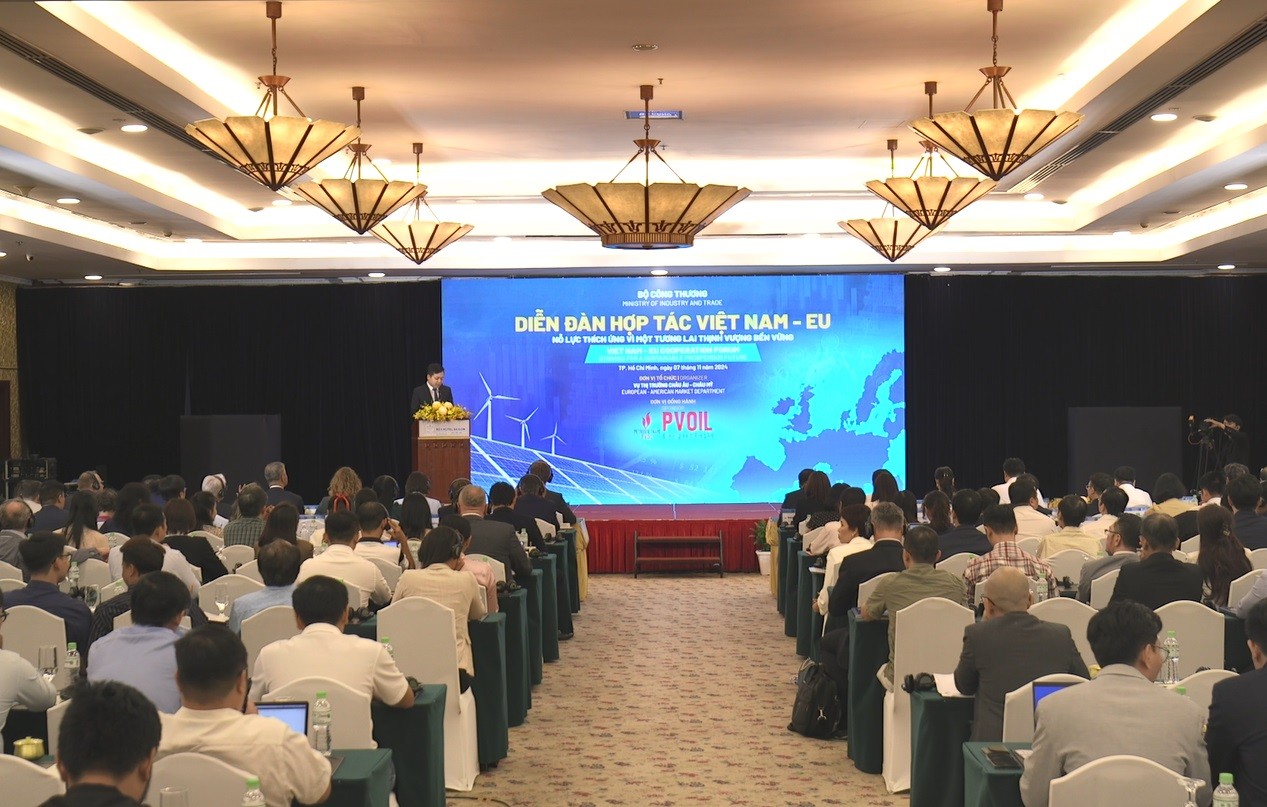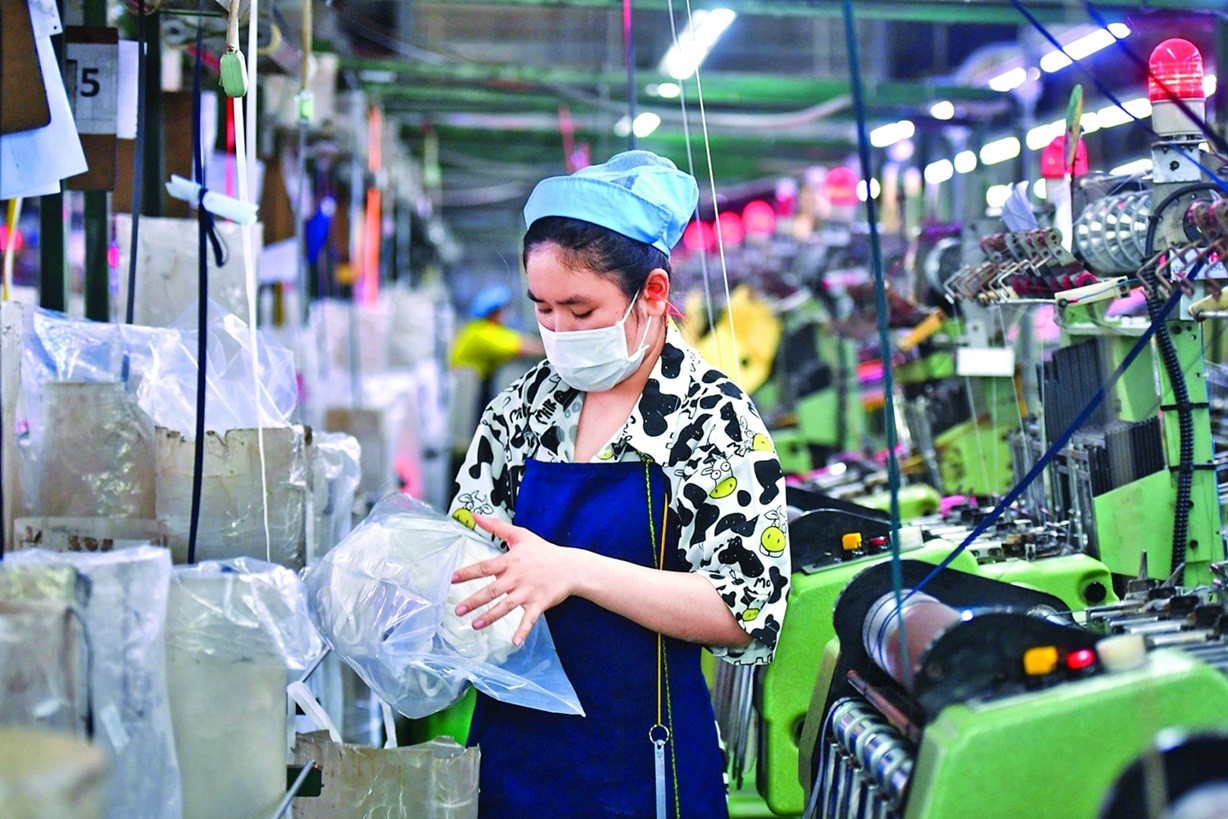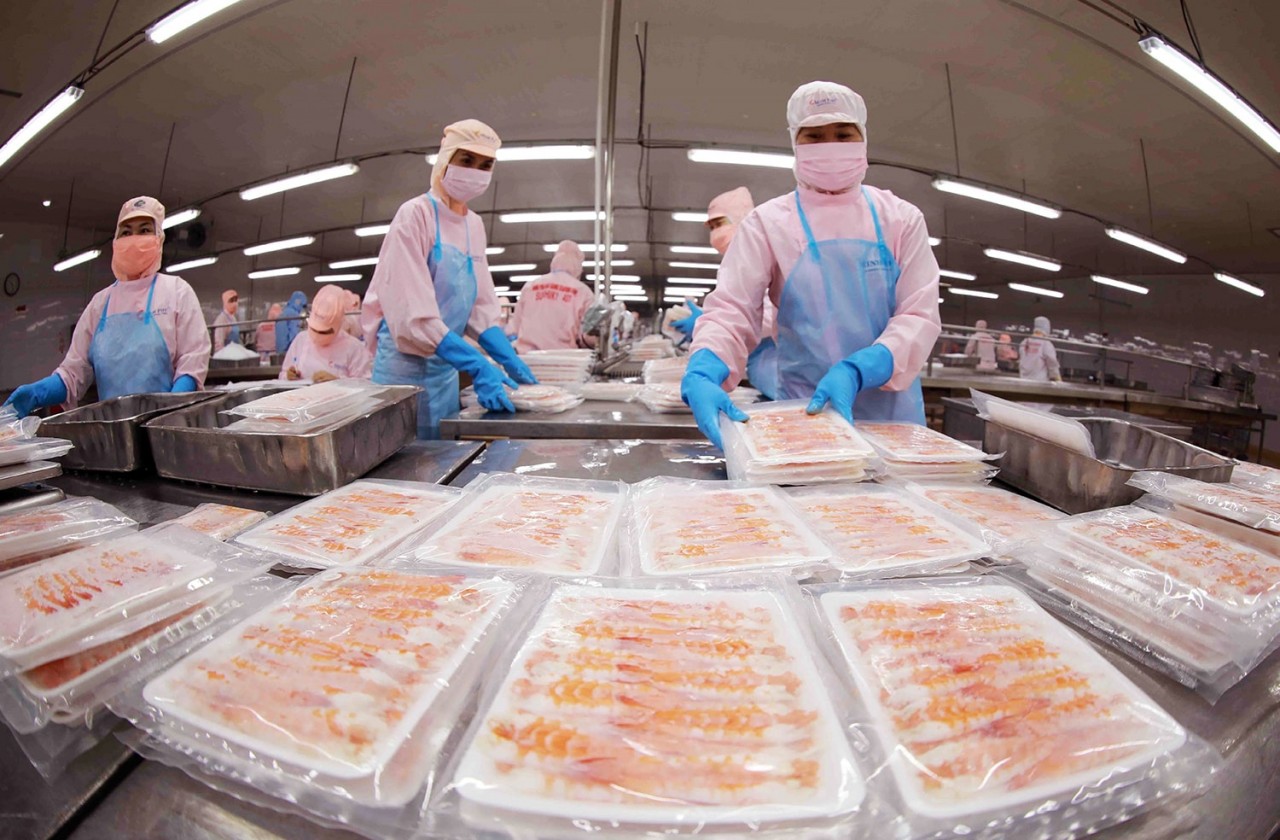EVFTA - a significant boost to Vietnam's economy
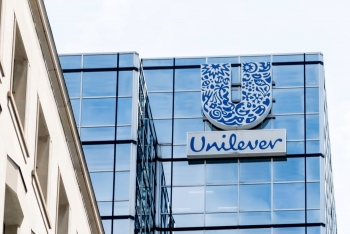 | EVFTA helps boost FDI inflows from Netherlands |
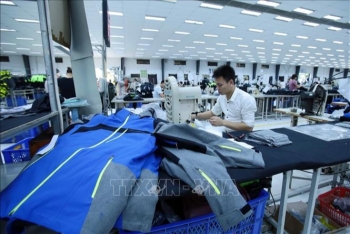 | Vietnamese SMEs indifferent about the EVFTA |
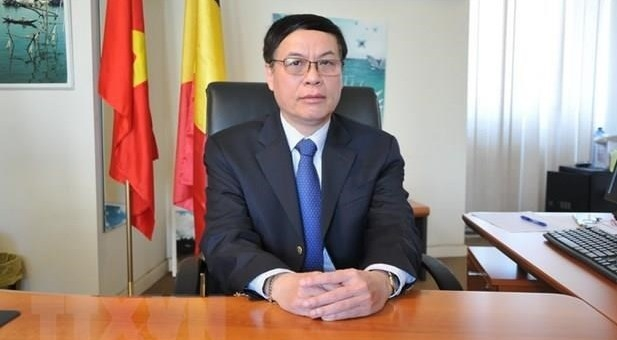 | EVFTA brings opportunities for Belgium - Vietnam cooperation |
According to Nhandan, it has taken nearly 10 years of negotiations for the EVFTA to be realized, with the commitment of cutting nearly 100% of tariff lines for the next 7-10 years.
The import-export structure between Vietnam and the EU is very complimentary due to the difference in the strengths and characteristics of exported goods from the two sides.
Vietnam has strengths in exporting various goods to the EU such as phones and components; computers, electronic products and components; textiles, aquatic products, machinery, equipment and spare parts, while Vietnam imports products like machinery, equipment, tools and spare parts; medicine; computers, electronic products and components; chemicals; and others.
Before the effectiveness of the EVFTA, the EU provided Vietnam with preferential import tariffs under the Generalized System of Preferences (GSP). To facilitate businesses, the EVFTA has regulations on the relationship between tax rates under the agreement and the tax rates under the GSP that the EU is giving to Vietnam.
Specifically, the EVFTA stipulates that EU preferential tax rates, in any case, must not be higher than the rates applied to goods originating from Vietnam before the date of the EVFTA taking effect. At the same time, from when the EVFTA takes effect, nearly 100% of tariffs on Vietnam’s exports to the EU will be eliminated after a short roadmap (maximum of seven years).
Thus, over the first seven years, Vietnamese goods exported to the EU will enjoy very preferential tax rates and then the import tax rates on goods from Vietnam will be basically cut to 0%.
It can be said that this is the highest level of commitment that a partner has provided for our country in a signed free trade agreement.
Vietnam may grab the chance to promote its agricultural products, fisheries or textiles, footwear among others into 27 European markets, or shortly attract more foreign capital flows from businesses in this region.
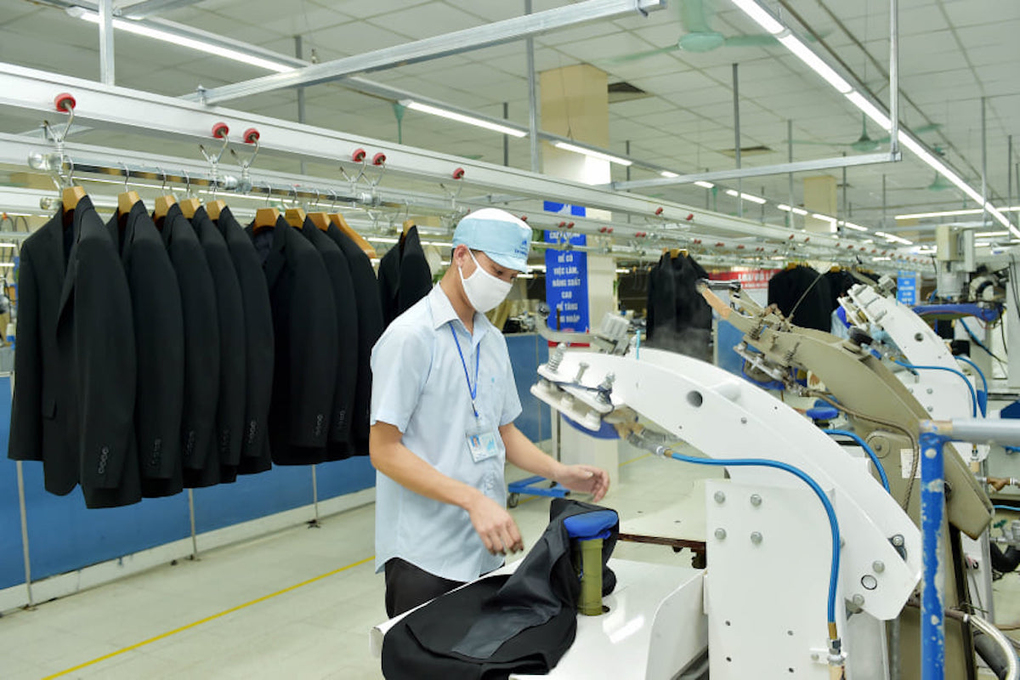 |
| Production of export suits at May 10. Photo: Han Pham |
Under the EVFTA, Vietnamese businesses will have the opportunity to access a market of nearly 500 million people with an average GDP of over US$35,000 and a zero tax rate right from the moment the agreement takes effect for more than 85% of the tax lines.
In addition, businesses can participate in new supply chains to replace traditional supply chains that have been disrupted or stalled due to the pandemic, while expanding and diversifying import and export markets, reducing the dependence on several specific markets.
However, experts say that the Government and businesses still must make a lot of preparations to realise the opportunities. Concerned ministries, branches and agencies need to quickly complete the implementation plan of the deal as well as issuing the necessary legal documents and strengthening dialogues and exchanges with the business community to remove obstacles in production and business activities.
Hanoitimes cited Ursula von der Leyen, president of the EC: “Trade agreements, such as the one becoming effective with Vietnam today, offer our companies a chance to access new emerging markets and create jobs for Europeans. I strongly believe this agreement will also become an opportunity for people of Vietnam to enjoy a more prosperous economy and witness a positive change and stronger rights as workers and citizens in their home country."
"Vietnam is now part of a club of 77 countries doing trade with the EU under bilaterally agreed preferential conditions,” added Phil Hogan, Commissioner for Trade.
Hogan said while the deal strengthens EU economic links with the dynamic region of Southeast Asia, it will continue to encourage Vietnam to pursue “its most needed reforms.”
The EU-Vietnam agreement is the most comprehensive trade agreement the EU has concluded with a developing country. It takes fully into account Vietnam's development needs by giving Vietnam a longer, 10-year period to eliminate its duties on EU imports.
At the same time, the trade agreement sets high standards of labor, environmental and consumer protection and ensures that there is no 'race to the bottom' to promote trade or attract investment.
| Currently, the EU is the second-largest import market in the world, accounting for 14.9% of total global imports. Meanwhile, Vietnam accounts for about 2% of the total imports of this region. When the agreement comes into effect, the EU will eliminate import duties on about 85.6% of tariff lines or 70.3% of Vietnam's exports to the EU. After 7 years, 99.2% of tariff lines (99.7% of exports) will be eliminated. With the remaining 0.3% of exports, the EU commits to giving Vietnam tariff quotas with import duties of 0%. |
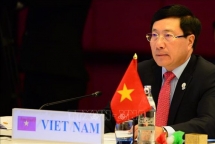 | Vietnam, EU boost comprehensive cooperation Vietnam always treasures relations with the European Union (EU), and is willing to discuss with the bloc issues of mutual concern, said Deputy Prime Minister ... |
 | Vietnam, EU reiterate commitment to trade, investment deals The Vietnamese Government and the European Commission (EC) have pledged to carry out the Europe-Vietnam Free Trade Agreement (EVFTA) and the Investment Protection Agreement (IPA) ... |
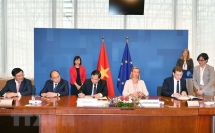 | Vietnam, EU sign FLEGT-VPA to fight illegal logging Prime Minister Nguyen Xuan Phuc witnessed the signing of the Forest Law Enforcement Governance and Trade Voluntary Partnership Agreement (FLEGT-VPA) between Vietnam and the European ... |





